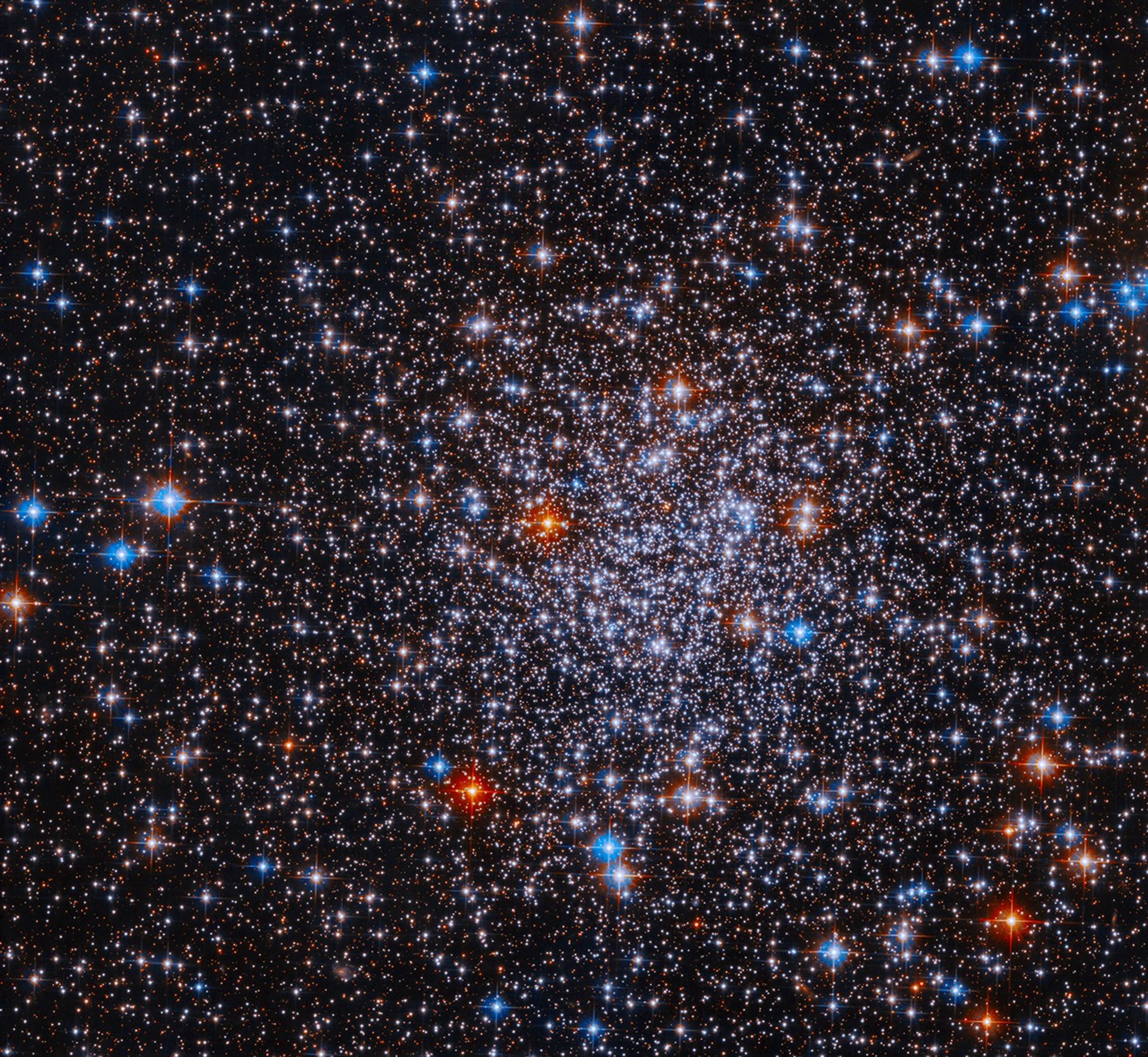Technology Infusion
A team led by University of Colorado (CU) researchers has successfully developed the first science CubeSat mission for NASA’s Heliophysics Division. The Miniature X-ray Solar Spectrometer-1 (MinXSS-1) is a 3-Unit CubeSat measuring the energy distribution of soft X-rays from the sun.
The satellite was deployed from the International Space Station on May 16, 2016 and has been operating for over nine months, as of March 1, 2017. To take measurements, MinXSS-1 must stably point its primary science instrument, an Amptek X123 X-ray spectrometer, towards the sun. This precise pointing is made possible by the new Blue Canyon Technologies (BCT) XACT attitude determination and control system (ADCS), which experienced its first flight on MinXSS-1. The XACT can continuously point MinXSS-1 to within 0.002° of the sun, which is akin to pointing at the U.S. Capitol Building in Washington DC from Los Angeles, Ca. This new, high level of pointing precision is now commercially available for CubeSat missions and enables scientific measurements that simply were not possible before. Other innovations in the MinXSS-1 mission include measuring the solar X-ray spectrum with unprecedented energy resolution using a Silicon Drift Detector (SDD) in the Amptek X123; technology demonstration of a low-noise, low-power electrometer for photodiodes that was developed for the National Oceanic and Atmospheric Administration’s Geostationary Operational Environmental Satellite (GOES) series; and deployable, high-efficiency solar panels designed and built by CU graduate students.
Impact
MinXSS-1 was the first science CubeSat launched for SMD. The pointing performance of XACT has already been employed with the solar X-ray measurements obtained by MinXSS-1. The energy resolution of the X123 is about 400 times higher than the resolution the GOES X-Ray Sensor (XRS) has provided for decades. XRS measurements are the standard by which solar flares are classified. Using simultaneous measurements from MinXSS-1 and GOES XRS, researchers have developed a new calibration method for the XRS data that yields a more accurate value for the sun’s soft X-ray emission brightness and the temperature of the solar corona. Future studies of solar flares and many space weather applications will benefit greatly from this new method.
MinXSS-1 data are also being used to study the material flowing upward from the sun’s surface into the corona during solar flares to learn how the corona can be about 2 million degrees Fahrenheit, while the solar surface (photosphere) is only about 10 thousand degrees Fahrenheit, and to determine how magnetic energy on the sun is driving the intense activity of solar X-rays.
NASA is already one of the biggest consumers of BCT pointing systems. The Agency also flew one on the Earth Science RAVAN mission (see page 6) and plans to fly them on the Mars Cube One (MarCO) mission to Mars as part of the InSight mission, the Compact Radiation Belt Explorer (CeREs) CubeSat to study Earth’s radiation belt, and numerous other missions. The challenge of precision pointing on a CubeSat science mission has now been solved with the BCT ADCS; therefore, NASA and other institutions planning CubeSat missions can now focus on developing compact instruments to advance the science results from future CubeSat missions.
Status and Future Plans
In 2016, the BCT XACT system was proven to be a robust ADCS that is providing amazing 0.002° pointing precision for the MinXSS-1 CubeSat. The MinXSS team at the University of Colorado will continue operating MinXSS-1 until its expected re-entry in May 2017. The team has also developed the MinXSS-2 CubeSat, which is ready for launch in 2017 to a higher-altitude sun-synchronous orbit, where it will operate for five years.
Sponsoring Organization
Technology development for MinXSS-1 was funded by the SMD Heliophysics Division H-TIDeS program. The PI is Dr. Thomas N. Woods at the Laboratory for Atmospheric and Space Physics at the University of Colorado in Boulder, and the MinXSS team includes scientists and engineers from University of Colorado, NASA GSFC, Southwest Research Institute, the National Center for Atmospheric Research, and the U.S. Naval Research Laboratory.

































